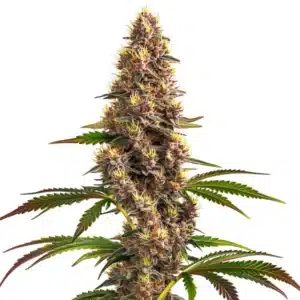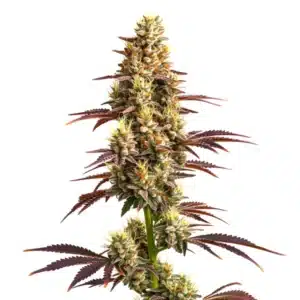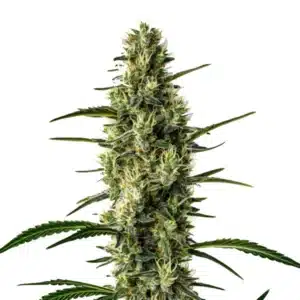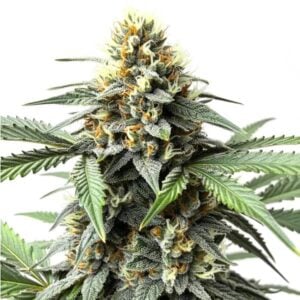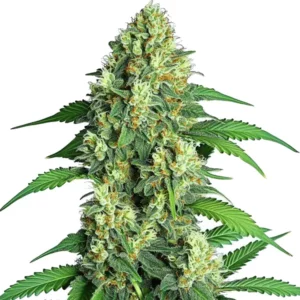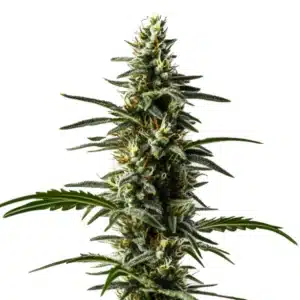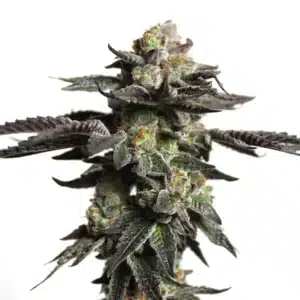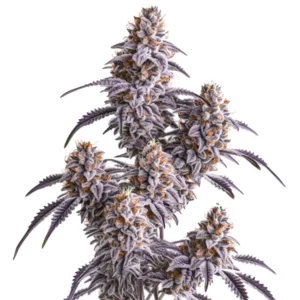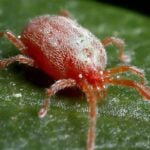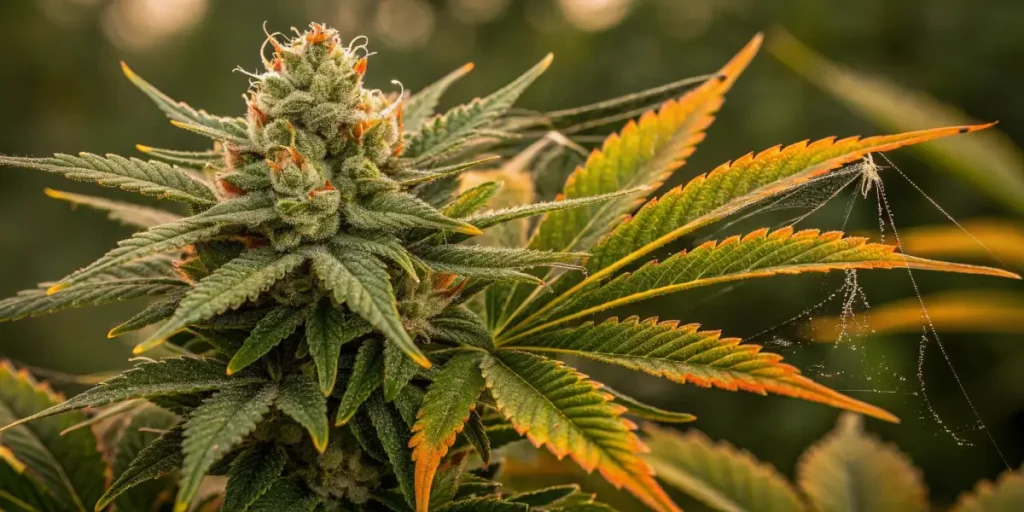
Spider Mites on Buds at Time of Harvest: What You Need to Know
Spider mites on buds at time of harvest can be a grower’s worst nightmare, especially when they show up on your buds close to harvest. These tiny pests can devastate your plants and affect the quality of your final product. How do you get rid of spider mites when budding without damaging your buds? Here’s a comprehensive guide to tackling spider mites effectively.
What Are Spider Mites and Why Are They a Problem?
Knowing Spider Mites
Spider mites are tiny arachnids that feed on plant sap. These pests often become a significant problem during the late flowering stage, making it crucial to address spider mites on buds at time of harvest. They are so small they can be hard to spot with the naked eye, but their damage is unmistakable. Spider mites reproduce rapidly, with females laying hundreds of eggs that hatch within a few days. This rapid reproduction cycle makes them a persistent problem for growers.Spider mites are tiny arachnids that feed on plant sap. They are so small they can be hard to spot with the naked eye, but their damage is unmistakable. Spider mites reproduce rapidly, with females laying hundreds of eggs that hatch within a few days. This rapid reproduction cycle makes them a persistent problem for growers.
Recommended Strains
Super Boof
|
|
THC | 25% - 28% (High) |
|
|
Type | Feminized |
|
|
Yield | Low |
|
|
Phenotype | 60% Indica / 40% Sativa |
Super Boof Auto
|
|
THC | 25% - 28% (High) |
|
|
Type | Autoflowering |
|
|
Yield | Low |
|
|
Phenotype | 60% Indica / 40% Sativa |
How Spider Mites Affect Cannabis Plants
Spider mites weaken plants by sucking out nutrients, causing leaves to yellow and dry out. This process disrupts photosynthesis, which is crucial for healthy plant growth. When they infest buds, they can compromise the quality, potency, and appearance of your harvest. Dealing with spider mites on buds at time of harvest can be particularly challenging because their webs make the buds unappealing, sticky, and hard to clean. Severe infestations can render your harvest unusable.Spider mites weaken plants by sucking out nutrients, causing leaves to yellow and dry out. This process disrupts photosynthesis, which is crucial for healthy plant growth. When they infest buds, they can compromise the quality, potency, and appearance of your harvest. Their webs can also make the buds unappealing, sticky, and hard to clean. Severe infestations can render your harvest unusable.
Promos & Deals
How to Identify Spider Mites on Buds
Signs of an Infestation
- Tiny Spots on Leaves: These are the feeding marks left by spider mites, often appearing as small, light-colored dots.
- Webbing: Look for fine silk-like webs around the buds and leaves. Webbing is a common indicator of spider mites on buds at time of harvest.
- Yellowing Leaves: Plants under attack often show signs of stress, with leaves turning yellow or even falling off.
- Visible Mites: Use a magnifying glass to check for small, moving dots on the underside of leaves. These dots are the spider mites themselves, which can range in color from red to brown to translucent.
- Tiny Spots on Leaves: These are the feeding marks left by spider mites, often appearing as small, light-colored dots.
- Webbing: Look for fine silk-like webs around the buds and leaves. These webs are a clear indication of an established infestation.
- Yellowing Leaves: Plants under attack often show signs of stress, with leaves turning yellow or even falling off.
- Visible Mites: Use a magnifying glass to check for small, moving dots on the underside of leaves. These dots are the spider mites themselves, which can range in color from red to brown to translucent.
When They Appear
Spider mites thrive in warm, dry conditions. They often appear during the late stages of flowering when plants are most vulnerable. Greenhouses and indoor grow rooms with low humidity and high temperatures provide the perfect environment for spider mites to flourish.
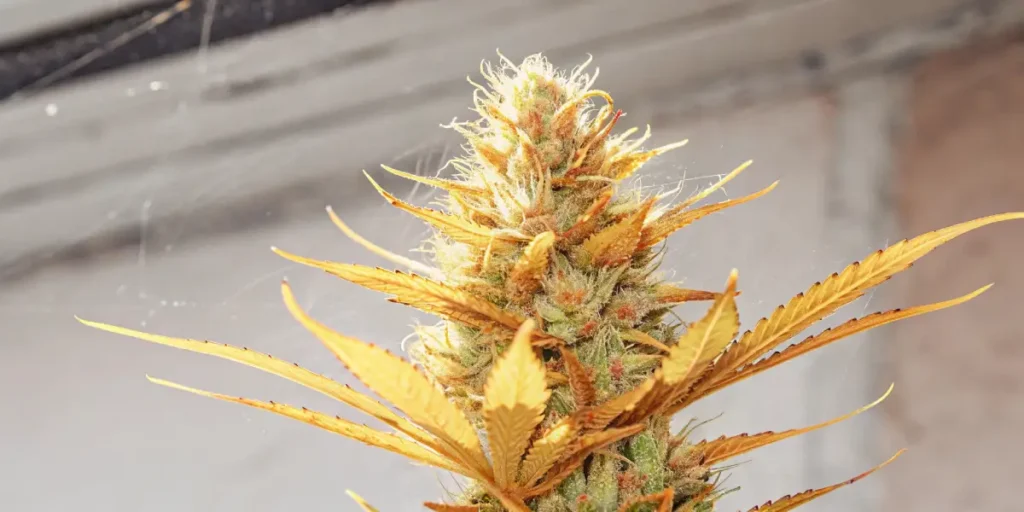
How to Get Rid of Spider Mites During Budding
Manual Removal
For smaller infestations, manual removal can be a viable option. Use a damp cloth or soft brush to gently remove spider mites from the leaves and buds. This method is particularly useful when addressing spider mites on buds at time of harvest treatment, as it avoids the use of chemicals and preserves bud quality. Be sure to dispose of the removed mites far from your grow area.
Sprays Safe for Flowering Plants
- Insecticidal Soaps: These break down the mites’ exoskeletons without harming the plant. They’re effective but must be used sparingly to avoid residue on buds.
- Neem Oil: A natural pesticide derived from the neem tree. While effective, neem oil should be used sparingly during flowering to avoid affecting the buds’ flavor and aroma.
- Essential Oils: Peppermint or rosemary oil diluted with water can repel mites. Ensure the mixture is applied lightly to avoid oversaturation.
Biological Controls
- Predatory Insects: Introducing natural predators like ladybugs, predatory mites, or lacewings to your grow space can effectively reduce spider mite populations without chemicals.
- Microbial Solutions: Products containing Beauveria bassiana or other beneficial fungi can target spider mites without harming your plants.
Preventing Spider Mites Close to Harvest
Maintain Ideal Growing Conditions
Spider mites love dry, warm environments. To deter them, maintain humidity levels above 50% and keep temperatures below 80°F. Using a humidifier and proper ventilation can create an environment less conducive to spider mite reproduction. In severe infestations, some growers may wonder, should I harvest early because of spider mites? While it’s a last resort, early harvesting can sometimes help salvage usable buds before the damage worsens.
Inspect Plants Regularly
Frequent inspections are essential, especially during the flowering stage. Use a magnifying glass to check for early signs of mites on leaves and buds. Early detection allows for quicker intervention, preventing larger infestations.
Use Barriers and Filters
Install fine mesh screens on vents and seal any cracks in your grow area to prevent mites from entering. Quarantine new plants or clones before introducing them to your grow space to avoid accidental infestations.
What to Do If Spider Mites Persist
Spot Treatment
Focus your efforts on heavily infested areas to minimize damage to the rest of the plant. Target the undersides of leaves and the areas around buds where mites tend to hide. Spot treatments can include using a small brush or cotton swab dipped in insecticidal soap or essential oil mixtures.
Final Rinse Before Harvest
If the infestation persists, consider a light rinse of the buds using water mixed with a small amount of hydrogen peroxide. This solution can clean the buds without harming the trichomes and is an effective way to manage spider mites on buds at time of harvest. Avoid using high-pressure water as it can damage delicate buds.If the infestation persists, consider a light rinse of the buds using water mixed with a small amount of hydrogen peroxide. This solution can clean the buds without harming the trichomes. Avoid using high-pressure water as it can damage delicate buds.
Freezing the Harvest
After harvesting, freezing your buds can kill any remaining mites and preserve the quality of your product. Place the buds in airtight containers before freezing to prevent contamination.
Advanced Methods for Severe Infestations
CO2 Treatments
Increasing CO2 levels in a sealed grow room can suffocate spider mites without harming your plants. This method requires specialized equipment and should be done with caution.
Vacuum Removal
For severe infestations, using a small handheld vacuum to remove mites and webs can be an effective last resort. Be gentle to avoid damaging the buds.
Controlled Environment Agriculture (CEA)
Switching to a fully controlled environment with advanced HVAC systems can help prevent future infestations. Automated systems ensure optimal humidity, temperature, and airflow at all times.
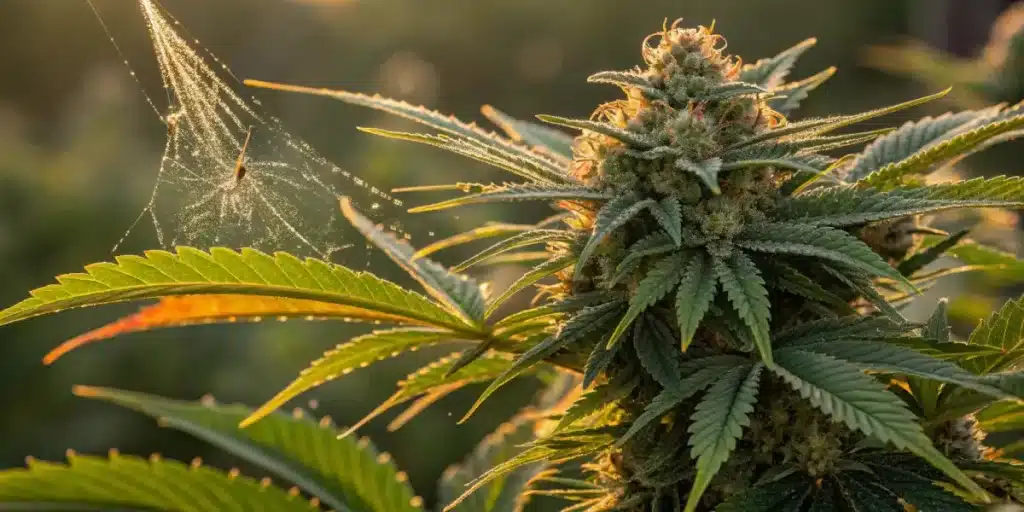
FAQs About Spider Mites on Buds at Time of Harvest
Can spider mites ruin my harvest?
Yes, if left untreated, spider mites can significantly reduce the quality and yield of your harvest. Severe infestations can render buds unsellable or unsmokable.
Are sprays safe to use on buds?
Some sprays, like insecticidal soaps or diluted essential oils, are safe when used correctly. Always follow application guidelines and avoid sprays with harmful residues.
How do I prevent spider mites from returning?
Maintain clean growing conditions, use barriers like mesh screens, and inspect your plants regularly to catch infestations early.
Can I still smoke buds with spider mite damage?
While technically possible, it’s best to clean the buds thoroughly before use to remove mites, webs, and other contaminants. Proper cleaning ensures a safer smoking experience.
What’s the best way to clean spider mites off buds?
A gentle rinse with a water and hydrogen peroxide solution can remove mites and webs without harming trichomes. Handle the buds carefully to avoid damage.


